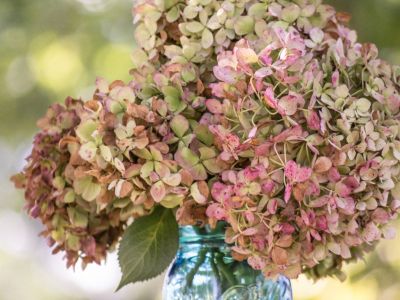Why are My Flowers Fading?
You may be asking “why are my flowers fading?” Some flowers are acutely sensitive to heat and extreme sun. Too much exposure to sun or heat drains the flowers of their bright colors. Many flowers prefer morning sun and filtered afternoon light. Other causes of faded flower color include the fact that flowers generally fade after pollination. Once pollinated, flowers no longer need to attract their pollinating suitors and, thus, begin to fade. Flowers may also change colors or fade when they are stressed. This can happen if a plant has just been transplanted. Give the plant some time to adapt to its new location before becoming overly anxious. Some bulbous plants, such as daffodil and gladiolus, tend to fade with age. This is one reason why gardeners will dig up old bulbs and replace them with new ones. Finally, soil acidity may be responsible for altering or fading flower color. A popular example of this phenomenon occurs with hydrangeas that seem to be particularly sensitive to the amount of acid in the soil.
How to Fix Color Fading in Flowers
Paying particular attention to the growing requirements of flowers will help keep their colors from fading. Move plants that appear to be planted in a spot where they are unhappy. Many times fading is normal and is part of the natural progression of a plant. Although science cannot always explain why flower color fades, it is clear that flowers, like humans, have a lifespan and often as they near the end of their lifespan they tend to produce less vibrant blooms than they did at the beginning of their life. If you experience flower fading and your plant is not stressed, just accept it as part of evolution of your garden and don’t try to fix something that really is not broken.
